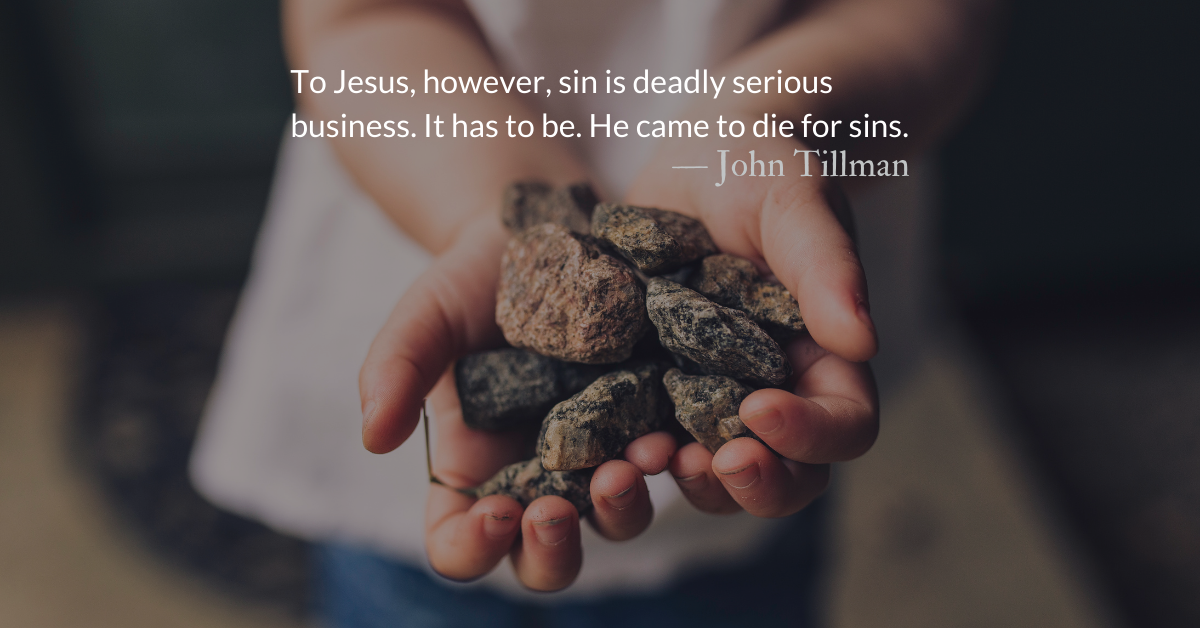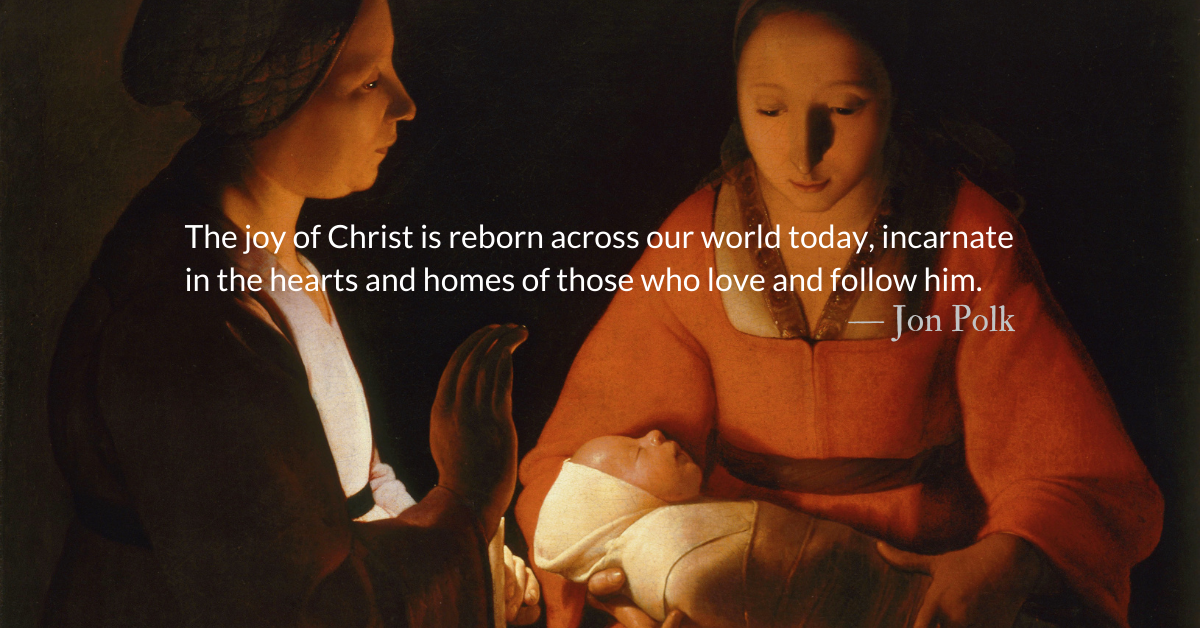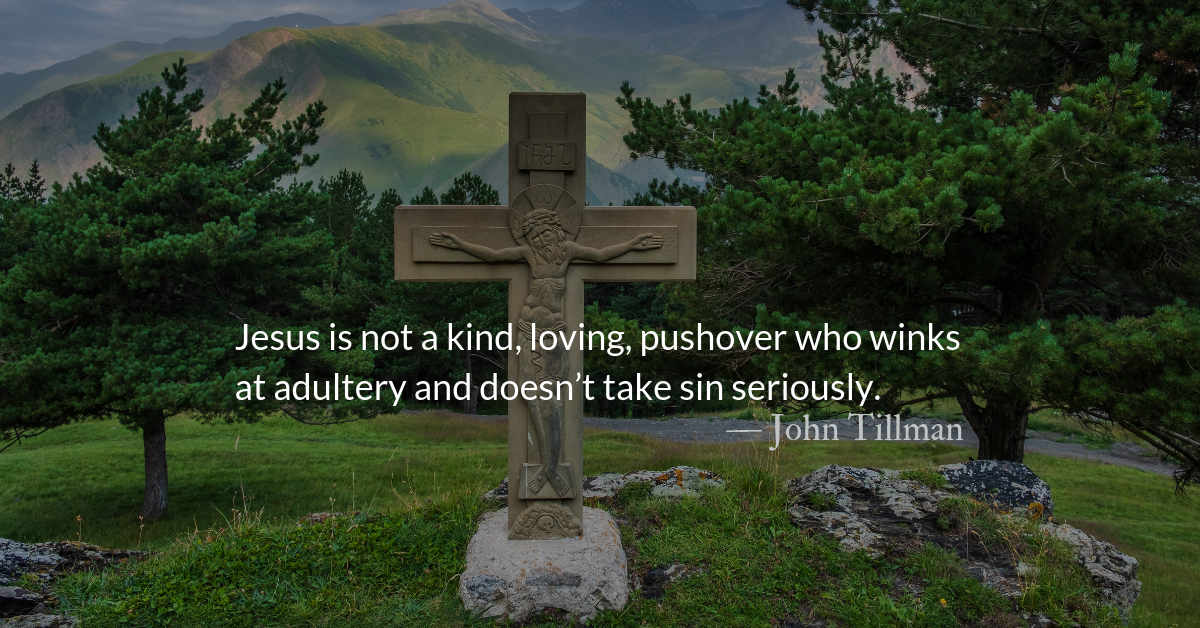Links for today’s readings:
Read: Numbers 5 Listen: (4:39) Read: Acts 28 Listen: (4:56)
Scripture Focus: Numbers 5.12-17
12 “Speak to the Israelites and say to them: ‘If a man’s wife goes astray and is unfaithful to him 13 so that another man has sexual relations with her, and this is hidden from her husband and her impurity is undetected (since there is no witness against her and she has not been caught in the act), 14 and if feelings of jealousy come over her husband and he suspects his wife and she is impure—or if he is jealous and suspects her even though she is not impure—15 then he is to take his wife to the priest. He must also take an offering of a tenth of an ephah of barley flour on her behalf. He must not pour olive oil on it or put incense on it, because it is a grain offering for jealousy, a reminder-offering to draw attention to wrongdoing. 16 “ ‘The priest shall bring her and have her stand before the Lord.
John 8.2-11
2 At dawn he appeared again in the temple courts, where all the people gathered around him, and he sat down to teach them. 3 The teachers of the law and the Pharisees brought in a woman caught in adultery. They made her stand before the group 4 and said to Jesus, “Teacher, this woman was caught in the act of adultery. 5 In the Law Moses commanded us to stone such women. Now what do you say?” 6 They were using this question as a trap, in order to have a basis for accusing him.
But Jesus bent down and started to write on the ground with his finger. 7 When they kept on questioning him, he straightened up and said to them, “Let any one of you who is without sin be the first to throw a stone at her.” 8 Again he stooped down and wrote on the ground.
9 At this, those who heard began to go away one at a time, the older ones first, until only Jesus was left, with the woman still standing there. 10 Jesus straightened up and asked her, “Woman, where are they? Has no one condemned you?”
11 “No one, sir,” she said.
“Then neither do I condemn you,” Jesus declared. “Go now and leave your life of sin.”
Reflection: Who Drinks the Curse?
By John Tillman
The “jealousy sacrifice” is uncomfortable to read. It seems like a double standard. The “adulterous woman” is held accountable, but what about the unknown adulterer? Also, why is there no test for the unfaithfulness of a man suspected by his wife? Could this ceremony be performed if suspicions were reversed?
Struggling with difficult parts of the Bible is a necessary part of faith. Pretending the Bible is easy to understand is a denial of truth. There is no satisfactory explanation we can reach in a 400-word devotional. But here are a few practical and symbolic things to reflect on.
The sacrifice tests the couple, not just the woman. The sacrifice’s lack of oil addresses the marriage’s lack of trust and joy. Distrust is based on jealous “feelings,” not evidence. The woman’s faithfulness and man’s unsubstantiated suspicions are tested. The ceremony’s primary purpose seems to be restoring trust by proving the wife’s innocence rather than punishing her guilt.
The curse would vindicate the innocent. The Tabernacle’s dust was holy and only harmed the unholy. The ink of the written curse would be washed off the scroll into the water and reveal the truth. Shame would fall on the guilty party. Either secret adultery or public jealousy would be shamed. An unharmed woman would be shown to be holy.
Some Mosaic laws were allowances for hard hearts. (Matthew 19.7-9; Mark 10.4-9) Jesus prioritized Edenic ideals over Mosaic commands, saying “Moses allowed” things God did not intend from the beginning. Mosaic law was how God dealt with the people where they were.
Jesus redeems sinners and the law. Everything in the Old Testament is about Jesus. (Luke 24.25-27) Jesus seemed to subtly reference this curse when the “adulterous woman” was brought before him in the Temple. The differences are that neither her husband nor the adulterer are with her. How can someone be caught “in the act” without the partner being there?
Jesus stooped to the dust of the Temple floor as the priest would in the Tabernacle. Jesus wrote in the dust just as the priest wrote the curse. What Jesus wrote in the dust surely exposed the jealousies and sins of those standing there, as the curse would expose the truth behind the accuser’s suspicions.
Satan accuses us not with “feelings” but facts. We are guilty. Yet, Jesus defends us. He drinks our curse and bids us “sin no more.”
Let us say, “Amen. So be it.” (Numbers 5.22b)
Divine Hours Prayer: A Reading
Jesus said to us: “Everything now covered up will be uncovered, and everything now hidden will be made clear. What I say in the dark, tell in the daylight; what you hear in whispers, proclaim from the housetops.” — Matthew 10.26-27
– Divine Hours prayers from The Divine Hours: Prayers for Springtime by Phyllis Tickle.
Read more: Calluses Aren’t Forever
Calluses develop. We aren’t born with them…calloused hearts, ears, and eyes were temporary. Jesus and Paul knew this. Calluses aren’t forever.
Read more: Are There Ashtrays in Your Elevators?
Like ashtrays in elevators, there are always systemic, tangible, widespread, societal enablements of sins.






